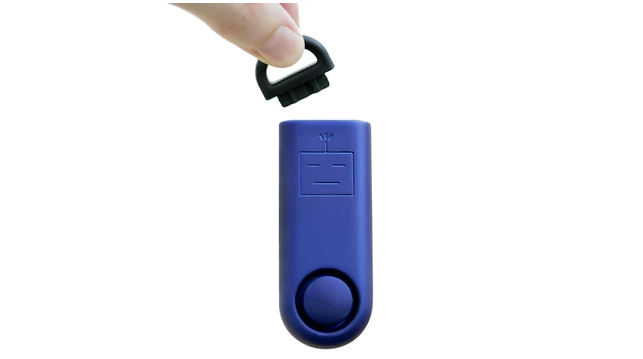Driving while distracted happens to so many people more often than they’d like to admit. Our smartphones, although incredibly useful, can also be the reason why unfortunate and sometimes fatal accidents occur. This is the reason why phone manufacturers, along with third party companies, have attempted to offer solutions to the problem with different modes like ‘Do Not Disturb’ modes or in-car attachments.
The Katasi Groove is another one of those solutions, but this time it comes in the form of a unobtrusive dongle that attaches to a vehicle’s On-Board Diagnostic II, or OBD II, port. When connected, the driver pairs it with a smartphone and whenever the Groove senses it in the car, it works with carriers to limit what kinds of data connections are maintained. This means that mail and text messages are stifled for the length of the car ride while things like Pandora and navigation are let through.
While other phone modes or devices are manually set up, the Katasi Groove works without user input making it easier to have a real impact on driving behavior. To incentivize safe, distraction-free driving, the Katasi Groove also metes out points, named Gruves, that stack up the longer the device recognizes a driver’s self-control. These points can be redeemed for gas, food, and even concert tickets. Should the campaign’s $50,000 goal be met, a one-year subscription to the service can be had for $150.
The Groove is a promising piece of technology, but one that, frankly, needs to be made standard in all vehicles rather than a piece of consumer technology. With the OBD II port’s sudden increase of options, choosing between this or something like the Drivebot won’t be much of a choice. Unfortunately, it’s been proven that people will always choose day to day money-saving functionality over safety.


